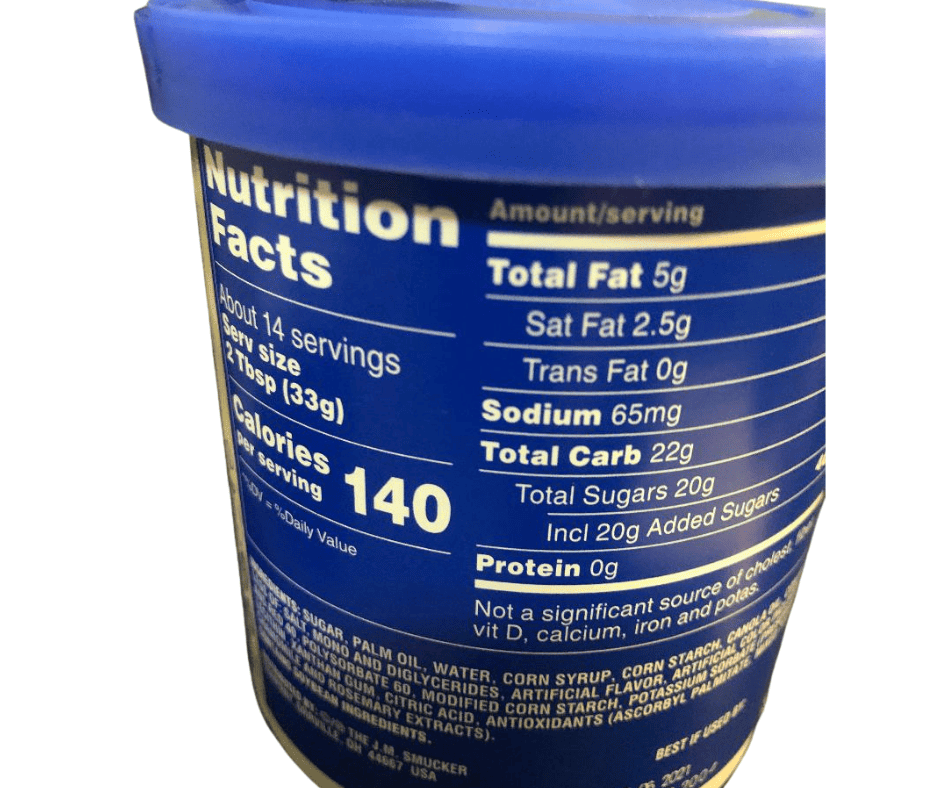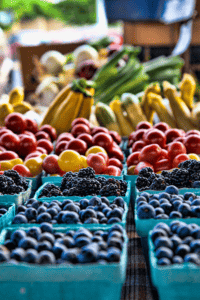- Post author:Kim Devall
- Post published:October 9, 2020
- Post comments:1 Comment
What are processed foods? Are they all bad? No, but…
You need to know how to avoid these top processed foods. Or at least, limit how much you eat of them.

Processed foods range from frozen fruits and vegetables to bacon, frozen meals, and hot dogs.
New here? Thanks for stopping by. After you read this post, check out my other blogs for the woman over 50 who wants to lose body fat while building muscle and eating foods you actually want to eat.
- Secrets to losing weight with walking routine
- How to easily start reducing your calories today
- 5 Reasons you want to start counting macros today
- 8 reasons you should stop dieting to lose weight
- Use this time to create your at-home fitness routine
- 5 Reasons you want to start increasing your physical activity today
- Effective steps to reverse the creeping weight gain
What are processed foods?
Unless you’re eating it out of your own garden or perhaps a farmers market, the food you are eating is most likely processed in some form.
The amount of processing can vary from minimally processed to ultra processed.
Minimally processed
Minimally processed foods are whole foods that contain all of their natural vitamins and nutrients. They may be slightly modified by removal of any inedible or unwanted parts, drying, pasteurization, refrigeration, freezing, placing in containers or vacuum packing.
The primary goal is to lock in freshness and nutritional quality while the food is at it’s peak.
This would include foods like bagged spinach, pre-cut and/or frozen fruits and vegetables.
Ultra-processed
High or ultra-processed foods have added sugar, salt, fats or other substances, including artificial colors and preservatives.
This would include frozen meals, soft drinks, hot dogs, packaged cakes, cookies and salty snacks.
According to a study published in BMJ, ultra-processed foods represented 57.9% of the calories consumed and almost 90% of calories we get from added sugar.
What to watch for on the food labels
Trying to avoid all processed foods is nearly impossible. We do have some tools to help us make informed decisions.
If the food you are eating comes in a package, it is processed. Not sure how much it’s been processed? Best place to look is the food label.
Let’s start with ingredients. Generally speaking, the longer the list of ingredients the more the food has been processed.
Let’s take this can of frosting. I think we can all agree this is a processed food. At first glance, we see a long ingredient list, 20g of added sugar.

Processed foods: the ingredient list
Looking at the ingredients list, I see: sugar, palm oil, water, corn syrup, corn starch, canola oil, and then a long list of other ingredients with amounts less than 2%. Sugar is the first ingredient listed which tells us it is the most prevalent ingredient by weight. I also see corn syrup which is another added sugar.
Processed foods: added sugar
Our can of frosting shows 20g of added sugar for a 2T serving.
A general guideline to follow is: 10% or less of your daily calories should come from sugar.
To put this in perspective, if you’re eating 1500 calories a day, this would equate to 38g of added sugar per day. You will have eaten more than half your daily amount of sugar with one serving of frosting (assuming you ONLY eat 2T).
Processed foods - added fat and sodium
Many processed foods will also have added fat and /or sodium.
In the case of our can of frosting, we know fat has been added based on the ingredient list which shows palm oil and canola oil. Looking at the nutrition label can give you more info regarding the significance. You’ll then need to compare that to your own personal goals and what else you’ve eaten for the day.
Why are processed foods bad?
The more a food is processed, the more nutrients are removed or destroyed. Generally speaking, the highly processed foods will also add excess sugar, sodium and/or saturated “bad” fats. They are usually low in fiber as well.
Processed foods are often designed to create a hyper-rewarding food experience. In other words, they are “designed” to trigger you to eat more.
Eating an excess of these foods is a common indicator for a poor nutrient dense diet, which can lead to obesity, high blood pressure and heart disease.
What are the benefits of processing foods?
Not all processing is BAD. It’s all about finding the right balance.
Some foods are fortified with vitamins and minerals. These could be nutrients that were removed from an earlier processing step or they may be added due to being a nutrient that has been found to be lacking in the diets of most individuals.
As mentioned above, minimally processed foods may include steps like cleaning, cutting, freezing foods to lock in nutrients and freshness while making them more convenient for us to cook and eat.
Top processed foods to avoid
I will also suggest that NO foods need to be avoided completely (unless you have a specific health condition requiring the elimination of a certain food). There are foods that offer minimal to no nutritional value so these should be eaten in moderation.
Are you eating the food for the nutrition or for pure enjoyment? If you’re going for nutrition, some foods to limit are:
- processed meats, like bacon, sausage, pepperoni and hot dogs. According to the World Health Organization’s International Agency for Research on Cancer, processed meats can be classified as carcinogens due to the amount of nitrates they contain.
- frozen dinners, loaded in sodium. Check labels and look for organic or low-sodium dinners.
- cereal bars. These sound healthy; however, most are loaded in added sugar so they digest quickly and leave you hungry.
How can you limit the amount of highly processed foods in your diet?
Here are some easy steps to consider as you begin to limit the amount of highly processed foods you eat.
- Spend the majority of your grocery shopping around the perimeter of the store.
- Eat more vegetables
- Drink more water
- Read the food labels so you can make informed decisions
- Replace ultra/highly-processed foods with minimally processed foods
Pulling it all together...
- No foods need to be eliminated completed.
- Make informed decisions by reading the nutrition label, including the list of ingredients
- Watch for added sugar, sodium and saturated fats.
- Limit your consumption of highly processed meats like bacon, sausage, hot dogs and pepperoni
- Fewer ingredients generally means less processing
Pin it now. Read later.


